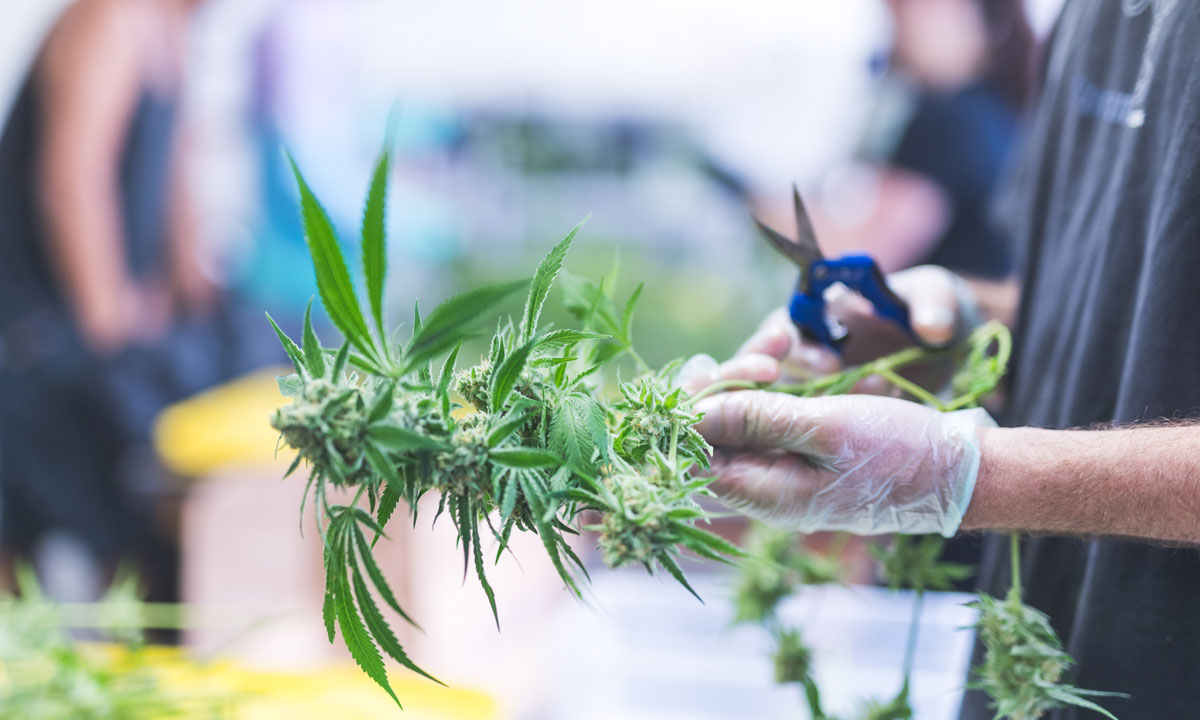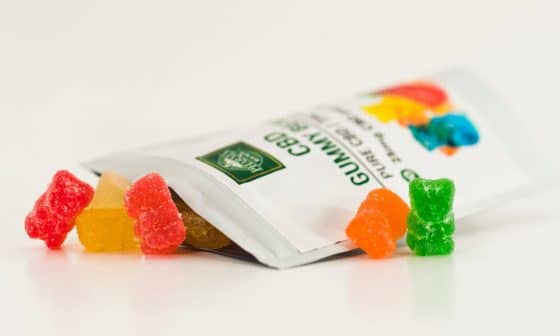One of the biggest threats facing CBD companies? Survival. CBD is already projected to hit over $16 billion in sales by 2024, so it's not surprising that there are over 3,000 brands in the market, hoping to ride the wave of success and reap the rewards.
But there is a big problem. While there is a high level of consumer interest, the market has reached a saturation point. And yet, CBD remains a nascent category, and the continuum of consumer knowledge is breathtakingly wide. Yes, there are many consumers who are self-educated and knowledgeable, but the opportunity for brands to scale is to connect the dots for new consumers and bring them along.
The pace that the industry has scaled has provided oceans of data on millions of potential consumers. Thanks to Big Data, AI, and predictive analytics, we can finally start to make sense of it all, gathering insights that allow us to eliminate guesswork and target the right audiences.
Clutter and confusion
Consumer interest in CBD has grown over 100 percent year-over-year for the last few years, and while the pandemic has slowed industry growth, CBD is here to stay. Search volumes at the beginning of the pandemic for “best CBD for anxiety” showed an increase of 250 percent according to Google Trends.
However, all of this interest also creates confusion for consumers. Many brands market based on the potency of CBD or the process of extraction, neither of which most of the general public understands. Too many CBD websites market with images of sunny landscapes and green fields, all of which feel undifferentiated. Some bad actors go as far as to make false claims of health benefits, or they market products that may not even contain quality CBD. For a CBD-curious consumer, it can be a daunting task to cut through it all.





